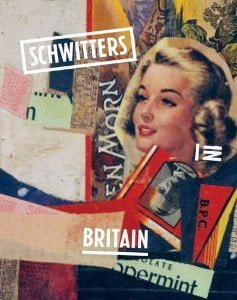Description
Associated at various times with Dada, Constructivism and Surrealism, Schwitters produced paintings, collages, sound pieces, sculpture and installation works, as well as journalism, criticism, poetry and short stories. Forced to flee Germany in 1936, Schwitters took refuge first in Norway and then, after the German invasion of Norway, in Britain, where he was interned initially as an enemy alien in 1940 on the Isle of Man before eventually settling in the Lake District. The last eight years of his life, spent in Britain, were in fact intensely productive. His British-period work included collages which utilised London ephemera and American magazines. This period also saw the development of assemblages and sculptures based on found organic objects, culminating in his last great sculpture and installation, the Merzbarn in the Lake District, itself a continuation of the concept of the Hanover Merzbau, one of the key lost works of modern times. The book sees Schwitters not as an artist in isolation but as part of a network, both inside and outside the camps, of other refugee artists and figures in the European avant-garde. Co-curator Emma Chambers has written an overarching introductory essay on Schwitters’ time in Britain, and Karin Orchard examines his late collages . A variety of contributors from both Britain and Germany consider Scwhitters’ collages, sculpture, the construction of the Merzbarn, the relationship between abstraction and representation in his work, his writings and experience within internment camps, and his influence on succeeding generations of British artists.

